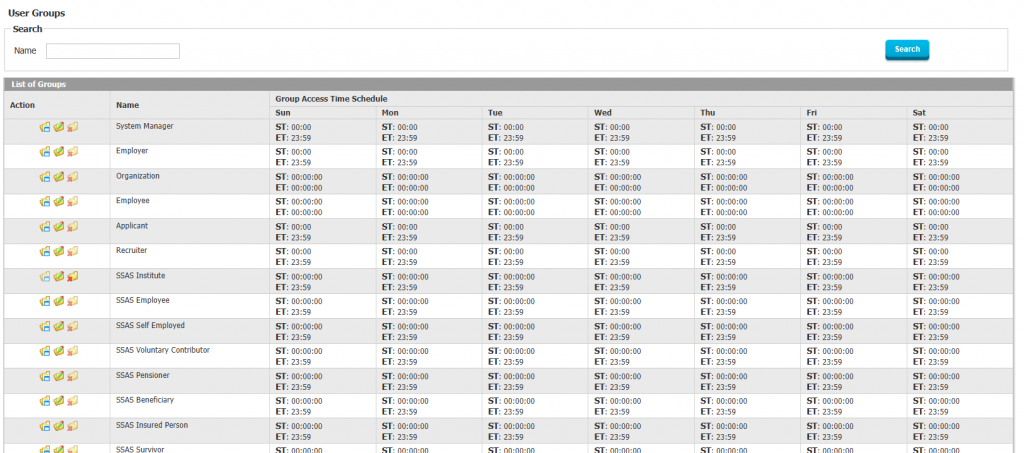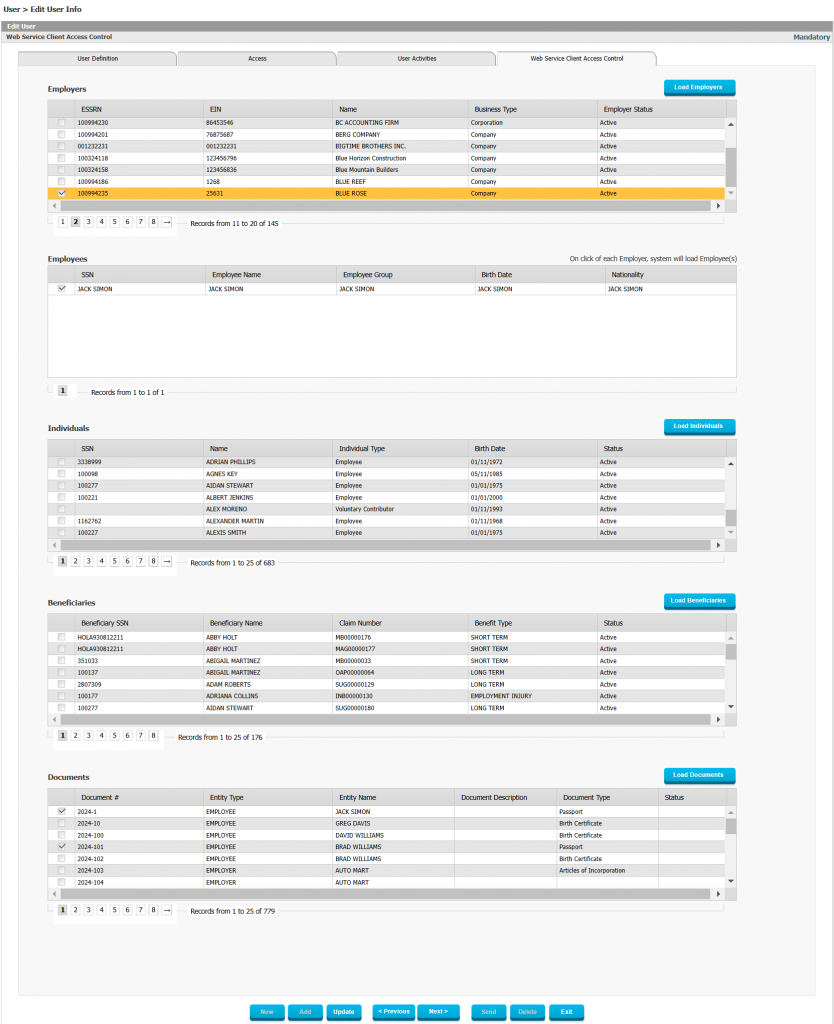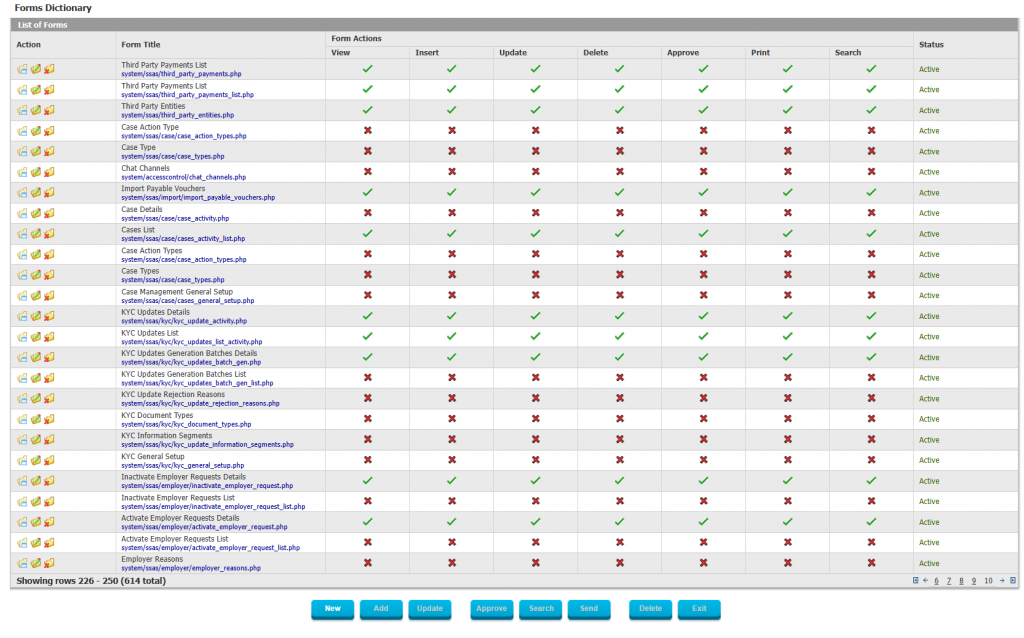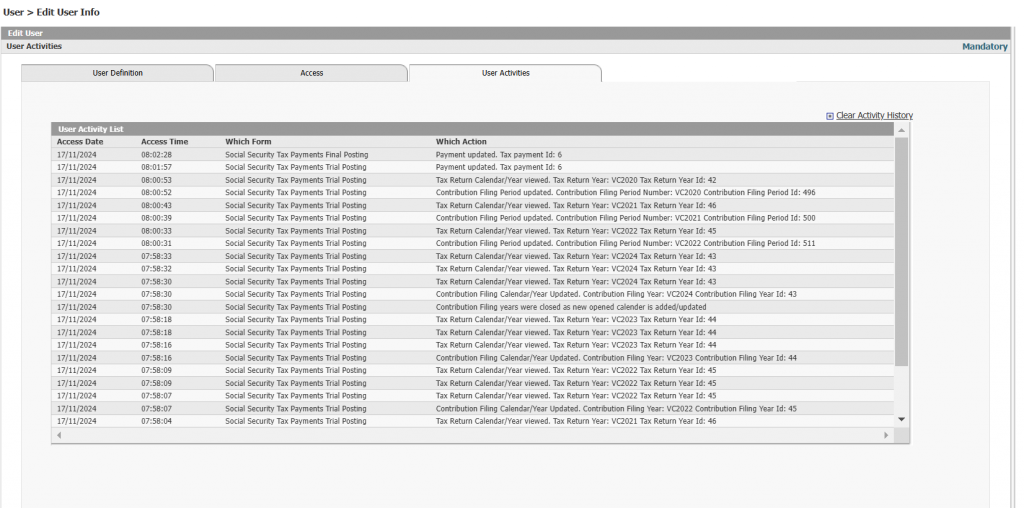The Critical Role of User Access Control in Social Security Administration
Social security administration systems handle sensitive personal and financial data of millions of contributors, beneficiaries, and employers. Ensuring the security and privacy of this information is critical to maintaining public trust and meeting stringent legal and regulatory requirements. User access control plays a pivotal role in protecting this data by ensuring that only authorized personnel and systems can access or manipulate information. A robust access control framework not only safeguards sensitive data but also promotes operational efficiency, compliance, and accountability.
The complexity of social security administration systems stems from their need to manage diverse user groups, including internal employees, external stakeholders (like employers and beneficiaries), and automated interfaces such as web services. Each group requires specific access permissions tailored to their roles and responsibilities. This is where granular access control, as implemented in Interact SSAS, becomes indispensable.
Why Access Control Is Essential in Social Security Administration
- Data Sensitivity:
- Social security systems store highly sensitive data, including social security numbers, financial contributions, benefit details, and medical information.
- Unauthorized access could lead to identity theft, financial fraud, or other severe breaches.
- Regulatory Compliance:
- Governments impose strict regulations, such as GDPR or HIPAA, mandating the secure handling of personal data.
- Access control ensures that these standards are met by limiting access to authorized users.
- Role-Specific Needs:
- Users within social security systems have varied responsibilities, such as processing claims, managing employer accounts, or conducting audits.
- Access control ensures users can only perform actions relevant to their roles, preventing errors and misuse.
- Operational Efficiency:
- By tailoring access rights, users can focus on tasks relevant to their roles without being overwhelmed by unnecessary features or data.
- Accountability and Transparency:
- Audit trails track every action performed within the system, ensuring that all activities are accountable and traceable.
Granular Access Control in Interact SSAS
Interact SSAS incorporates an advanced access control framework tailored for social security administration. The system addresses the unique challenges of managing diverse user groups and ensuring secure, efficient operations.
Key Features of Access Control in Interact SSAS
- Group-Based Permissions
Administrators can define user groups to streamline permission management: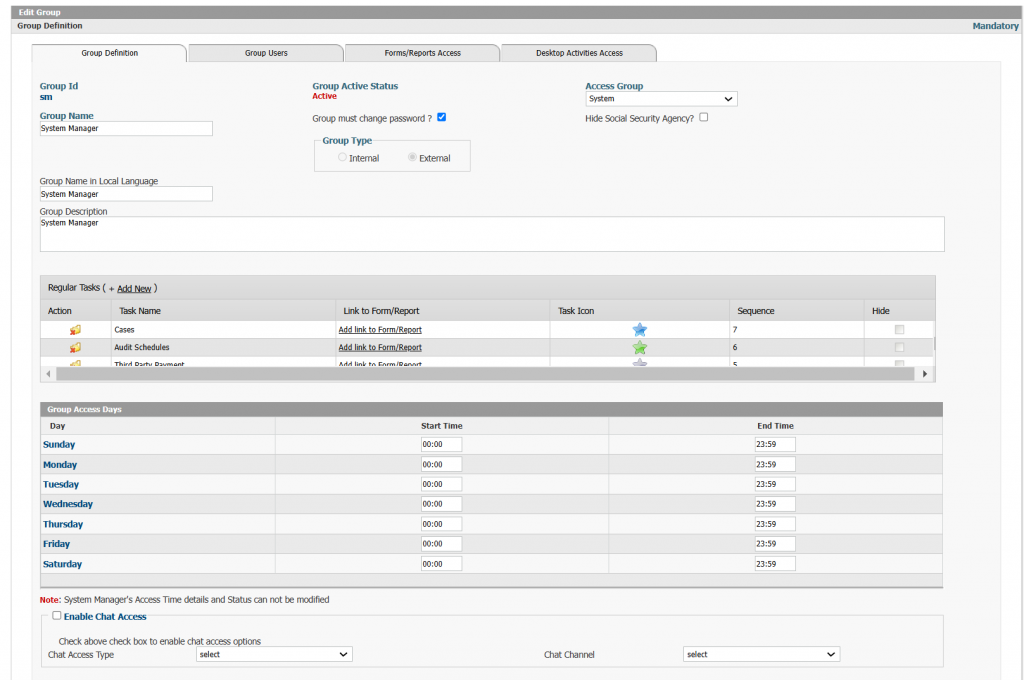
- Access Groups:
- Groups are created based on roles or functions, such as “Case Managers” or “Compliance Officers.”
- Inherited Permissions:
- Users inherit permissions from their assigned groups, simplifying administration.
- Task Management:
- Each group can be assigned access to specific tasks, linked to forms or reports, to define their operational scope. In each case, the system will allow the admin to determine what type of access the User Group Users should have for specific forms, i.e. view, insert, update, approve, delete, search, print.
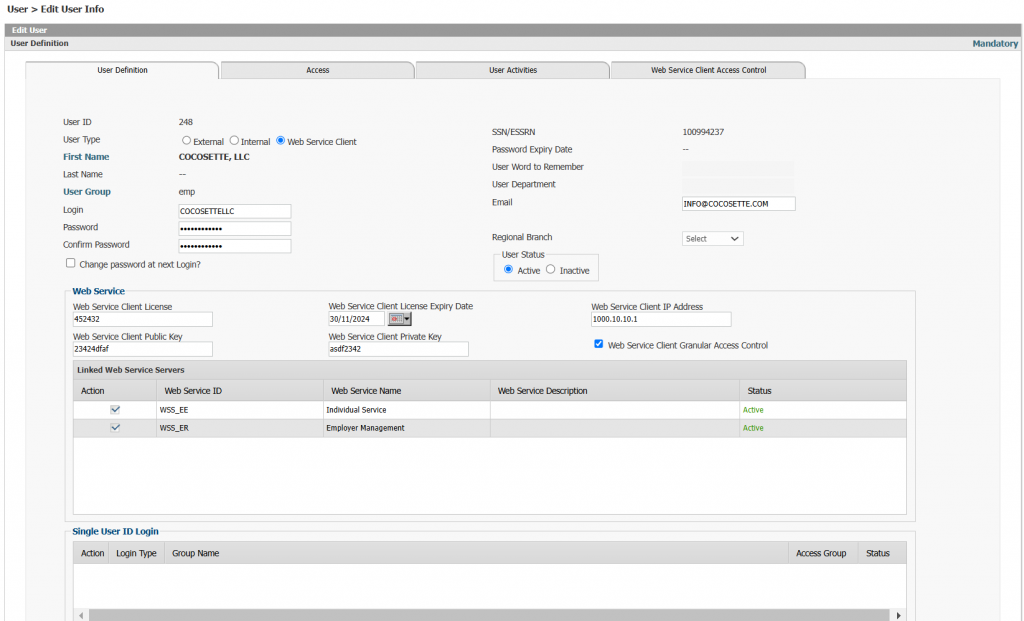
- Each group can be assigned access to specific tasks, linked to forms or reports, to define their operational scope. In each case, the system will allow the admin to determine what type of access the User Group Users should have for specific forms, i.e. view, insert, update, approve, delete, search, print.
- User Types and Roles
Interact SSAS supports three main categories of users:
- Internal Users:
- These are employees of the social security agency, such as caseworkers or compliance officers.
- Access is tailored to their departmental roles and responsibilities.
- External Users:
- Web Service Clients:
- Granular Access Control
Granular control ensures that every user has the appropriate permissions for their role:
- Form-Level Permissions:
- Administrators can specify which forms a user can access and what actions they can perform. The available actions include:
- View: Allows users to see data.
- Insert: Permits the addition of new records.
- Update: Enables editing of existing records.
- Approve: Allows workflow or transaction approvals.
- Delete: Enables removal of records.
- Print: Facilitates report generation.
- Search: Provides query capabilities.
- Administrators can specify which forms a user can access and what actions they can perform. The available actions include:
- Action-Specific Permissions:
- These permissions ensure users can only perform tasks directly related to their roles.
- Data Scope Restrictions
Administrators can define which data a user can access:
- Employer Data:
- Access can be limited to specific employers or groups of employers.
- Employee Data:
- Permissions can restrict users to certain employees.
- Beneficiary Data:
- Access can be restricted for users to only access certain beneficiaries.
- Document Restrictions:
- Time-Based Access
The system allows administrators to define access schedules:
- Users can be restricted to specific working hours or days.
- For example, access can be granted only from Monday to Friday, 9:00 AM to 5:00 PM, to reduce the risk of unauthorized activity during non-business hours.

- Web Service User Management
Web service clients are critical for automated data exchanges. Interact SSAS provides unique access controls for these users:
- Web Service Licenses:
- Licenses can be assigned with expiration dates to limit access duration.
- Granular API Access:
- Administrators can specify which APIs the web service client can access, such as employer management or individual services.
- Data Scope:
- Similar to human users, web service clients can be restricted to specific employers, employees, or documents.
- IP Restrictions:
- Audit Trails and Activity Logs
Interact SSAS maintains a comprehensive record of all user activities:
- Activity Logs:
- Every action performed by a user, including data accessed and modifications made, is logged.
- Audit Trails:
- Provide a detailed history of system usage, enabling administrators to investigate issues and ensure accountability.
- Additional Security Precautions
Interact SSAS supports hardening of passwords with CAPTCHA, configurable rules for enforcing strong passwords, and conditions for locking out of users or forcing password changes.
Benefits of Access Control in Social Security Administration
- Enhanced Security:
- Restricting access to sensitive data minimizes the risk of breaches and unauthorized usage.
- Improved Efficiency:
- Tailored permissions allow users to focus on relevant tasks, improving productivity.
- Regulatory Compliance:
- Ensures compliance with legal standards for data protection and privacy.
- Accountability:
- Detailed audit trails hold users accountable for their actions.
- Scalability:
- Supports the addition of new users and groups as the organization grows.
Conclusion
Access control is not just a feature—it’s a necessity for social security administration systems. By implementing granular permissions, time-based restrictions, and robust auditing, Interact SSAS ensures that every user, whether human or automated, operates within a secure and well-defined framework. The system’s flexibility and precision empower administrators to protect sensitive data, comply with regulations, and maintain operational efficiency, making it an exemplary solution for modern social security organizations.

